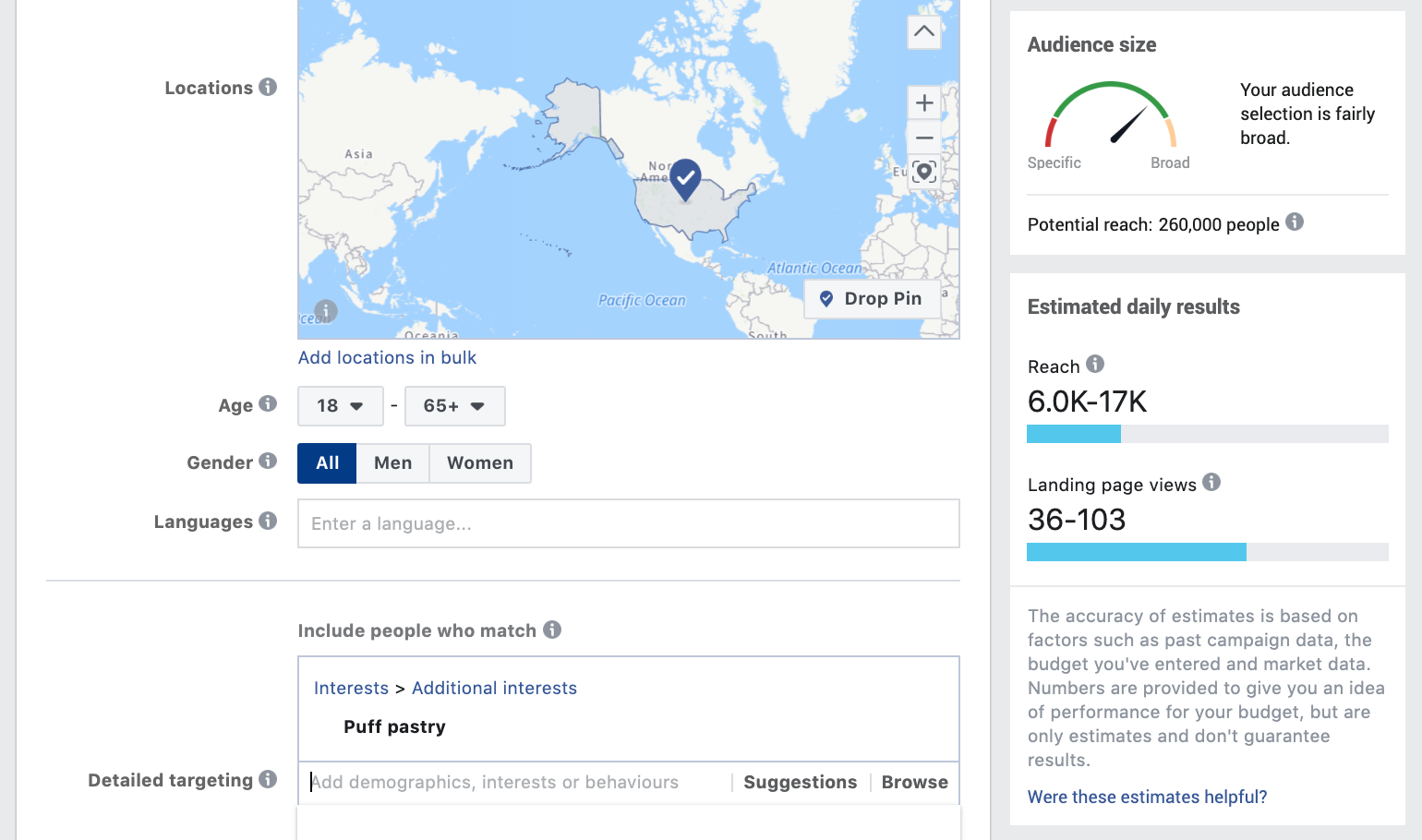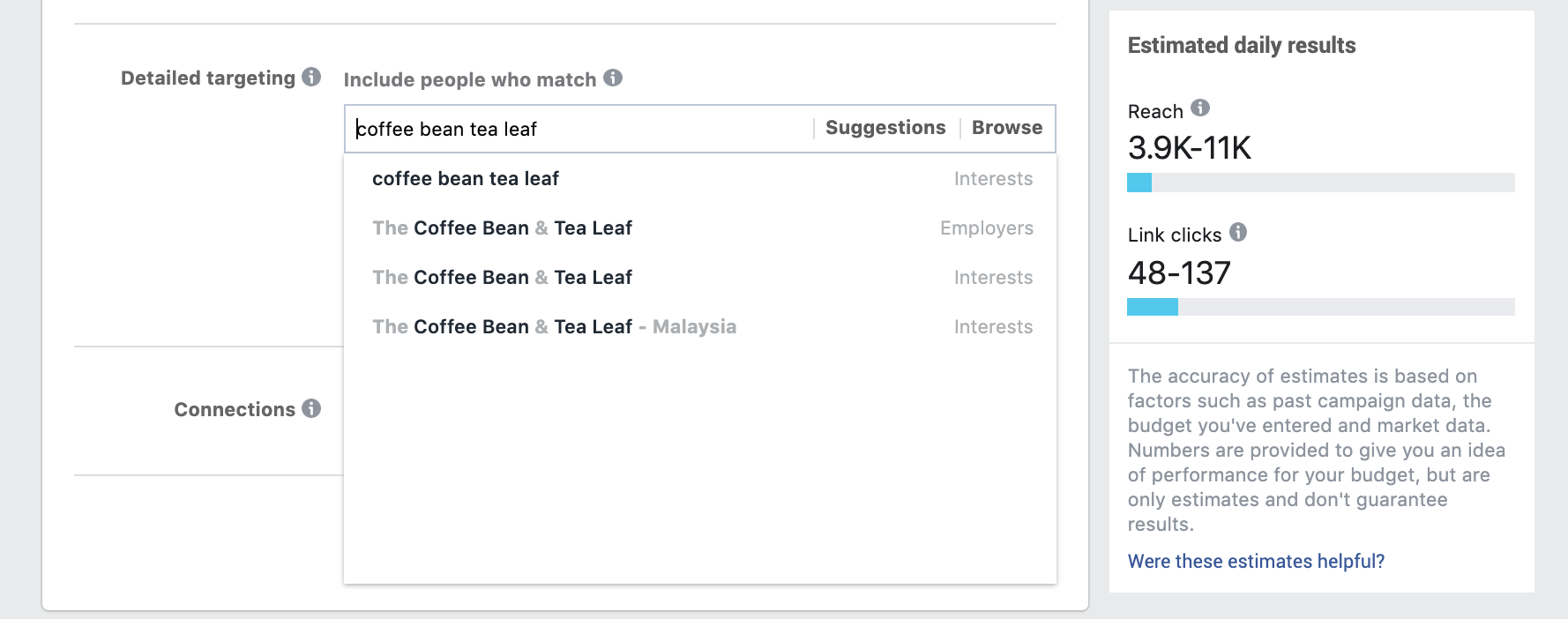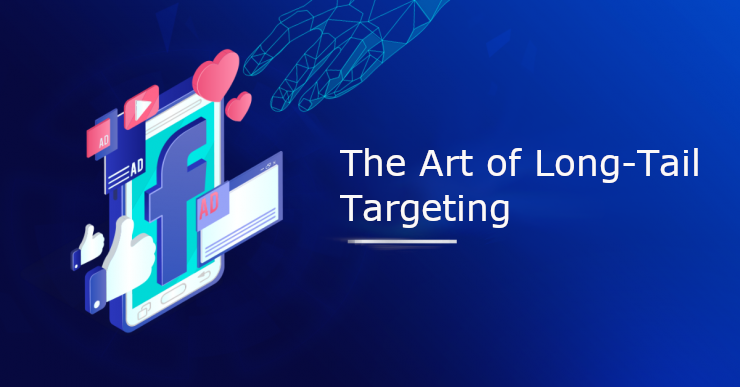Olga’s Revenge
Have you ever heard about the Princess Olga of Kyiv? Well, let me start with her story first.
In the early part of the 10th Century, Prince Igor of Kyiv has been killed by the Drevlyans tribe who owed him a tribute. The Drevlyans weren’t so keen on having Igor’s wife Olga as their leader. They decided to negotiate a marriage between Olga and Prince Mal (their top choice of a king). Olga had accepted the proposal. But when the 5,000 men from Drevlyans’ wedding delegation were drunk after the welcome feast, Olga’s army has violently killed all of them in their bed.
The remaining Drevlyan survivors pleaded for mercy to Olga, to spare what was left of the Drevlyans. Olga granted the survivors mercy on the condition that each house would send her three pigeons and three sparrows. Once the birds arrived in Kyiv, Olga ordered her Army to tie sulfur bound in cloth to each pigeon. The next night they sent all of the pigeons and sparrows back to the Drevlyans so they would all arrive at once.
Once all of the pigeons and sparrows returned to their nests, each house of the Drevlyans was set ablaze leaving a little job for the army to complete her revenge.
FEEL FREE TO SKIP NEXT SECTION IF YOU ALREADY KNOW WHAT IS LONG-TAILED DISTRIBUTION AND HOW FACEBOOK AUCTION WORKS.
Long-Tailed Distribution
So what does Olga’s story have to do with long-tail targetting? Nothing to do with the birds’ tail length! I will come back to that later. First, let’s define what does long-tail targeting means and where the “long-tail” comes from.
According to Wikipedia, a long tail of a distribution of numbers is the portion of the distribution having many occurrences far from the “head” or central part of the distribution. When thinking about long-tail distribution, it is helpful to imagine a dinosaur with a long neck and long tail just like on a picture below. The dinosaur’s long neck represents the few most common numbers/situations occurring frequently, and the dinosaur’s long tail represents multiple less frequent numbers/situations.

Now, when we know what is long-tail targeting, let’s leave Statistics for a while and jump into Google’s and Facebook’s ecosystem to complete our background knoweledge with one more key component.
Programmatic Media Buying and Auctions?
To grasp the concept of Longtail Targeting, we need to understand how actually Programmatic Buying Platforms decide who and when wins an Ad Impression. To stay focused, in this article, we will be talking mostly about Facebook and its Pay-Per-Impression billing.
Let’s imagine that we are running Ads on Facebook for the Fast Food industry. We have already come up with great content and now need to complete the last step — Facebook targeting. Naturally, we are choosing the “Fast food” interest as our audience targeting criteria, expecting to reach up to 77,000,000 people on Facebook in the US.

Let’s first figure out what will happen on Facebook’s backend after we will publish our Ad.
According to Facebook’s Business Help Center, our Ads are competing in an auction, where the winner is defined based on Bid, Estimated Action Rate, and Ad Quality.
Bid attribute is controlled by you and, basically, just shows how much you are willing to pay for winning an Impression (you can even set Facebook to decide it for you by choosing the “Lowest Cost” bidding strategy).
Action Rate attribute is up to Facebook’s AI, which predicts how likely a given Facebook user is going to click your Ad.
The Ad. Quality attribute is also up to Facebook, which is predicted by Facebook’s quality evaluation algorithm. We can influence it by crafting better and more relevant content that appeals to an our-targeted audience (e.g. younger audiences are mostly on mobile and like dynamic content, so e.g. portrait-oriented videos shown in the “Stories” placement could be a good choice for B2C brands targeting youngsters).
“Bid, Action… Quality..?? What?…”
Sounds confusing? Let’s put it into a context!
For example, Advertiser 1, Advertiser 2, and Advertiser 3 are all in the Fast Food industry, and, for the sake of simplicity, they have prepared a similar marketing campaign (i.e. Facebook’s Action Rates will be set similar to the pull of Facebook audiences) with a great engaging marketing content (i.e. Facebook AI will not penalize either of the three advertisers for doing bad job in their content efforts).
In such a setting, a Bid will be the main criteria that Facebook will choose to sell impressions and an Advertiser who bids the most will eventually be chosen to show the Ad to a potential customer.

In our example, Advertiser 3 will win the Impression with his $$$ (highest) bid per Impression, as compared to Advertiser 2 and Advertiser 1 with their $$ and $ bids, respectively. It is just like a traditional auction but it is conducted online and participants compete for showing their ads to the online audiences.
A Smarter Way of Winning Impressions?
Now, let’s think about a smarter way of winning Ad Impressions. Imagine, you could reach the same customer but through his/her other, not very common, interest that is still very relevant to the person?
For example, I’m known to be a Marketing and AI Expert. However, a small private circle also knows me as an accordionist. From my activity on Social Media, Facebook will know that I’m interested in both Marketing and Accordion, but only a small portion of advertisers would bid for “Accordion” to reach me. Most advertisers will rely on their common sense to bid for “Marketing and Technology”, making their Ads much more expensive as if they choose to bid for the “Accordion”.
In case if it is much cheaper to reach me via “Accordion” interest, why would you pay for reaching me through the “Marketing and Technology” interest which is so much more expensive?
Let’s check the actual data from our Fast Food example. Since we advertising to people who potentially do not mind to have a burger for a meal, we could assume that they might also like Puff Pastry.
As you can see from the screenshot below, the “Puff pastry” interest’s potential reach is much smaller: 260,000 users v.s. 77,000,000 users for the “Fast food” interest.

The low popularity of the “Puff pastry” interest gives us a high chance of the low competition for it on Facebook among advertisers. Ultimately, it will also mean that we could save some Ad budgets by reaching people though “Puff pastry”, rather than through the broad and expensive “Fast food” interest.
Now the Advertiser 1 wins the Impression effectively spending e.g. 3 times less on Facebook as he could spend by pushing for a higher bid and more expensive “Fast food” category.
Learning from the Princess
By now, you have probably understood why we have started this article from Princess Olga’s revenge story: instead of sending her troops to the enemy’s settlement and bear the high costs of the war in the enemy’s most protected place (their HQ), she sent many pigeons and sparrows to burn the enemy’s houses prior to the attack.
The same way we are going to target our Ads on Social Media and SEM platforms: by choosing multiple less popular, but yet relevant, targeting options, we will be able to reach our audiences at a much lower cost but at the same (or even higher) efficiency rates. Our targeting categories will all be laying on the long tail of the distribution, that’s why this approach is called long-tail targeting.

Yep, I got it..! We are going to use many less popular keywords/interests to reach the same people at a lower price, just like the puff thing! But where I’m going to get them and how do I know that they are still relevant to my audience?
Before we learn ways to discover long-tail targeting categories, let’s understand how Facebook labels users with their interests.
That’s what AI thinks about us…
It is actually very easy to know what Facebook thinks about our content:
- Choose any picture in your Facebook timeline;
- Hover mouse to it and click “Inspect”;
- In the Developer Console, Search (Ctrl+F) for “may contain”.
In most of the cases, you will find Facebook’s caption that is automatically labeled by Facebook’s AI visual recognition engine for the case when Facebook’s servers are down and you can not see the actual content. These captions attempt to explain to us what is on the image when we can not see it.
To us, it is also a clue of how the Facebook process all the content we post.

According to my recent conversation with Facebook’s Help Center, Facebook AI actually judges about our interests not just based on the content we post, but also according to what we click and like, pages we browse, Ads we react and our actual reaction patterns, our communication on messaging platforms, Instagram posts, mouse movement patterns, what our friends post and like, as well as many other criteria. These capabilities are powered by modern Machine Learning and Visual Recognition systems, that were reported to effectively distinguish more than 11,000 different types of objects from the social media users' posts.
Can you distinguish 11,000 objects on 300 million daily uploaded photos?
Facebook’s AI can!
From such a breakthrough technological approach, Facebook and Google sometimes know about us much more than we think. It would be very short-sighted, to continue targeting our leads just through the most obvious targeting categories, such as “Fast food” and ignoring the opportunity of long-tail targeting.
Check what Facebook thinks about you:
- Go to your Facebook personal profile Settings;
- Click Ads. and then Click “Your Interests”;
- In the new tab, you will see all the interests Facebook has assigned to you in different industries and categories.
Take a look at mine on the screenshot below. “Packaging and labeling” is, probably, my favorite! 🤣

Was is derived from my interest in learning how Facebook labels people?…
Now ask yourself: would you still target people like me only though “Marketing and Technology” interest, or consider some wider spectrum?
Ok. Convinced!!
Tell me how to find all those secret human cravings to target my Ads well!!!
Finding the Needles in a Haystack
There are many tools available out there to help you in finding good long-tail keywords.
For example, Facebook itself has its “Audience Insights” dashboard (Business Manager -> Audience Insights -> Page Likes) that helps in figuring out which pages your leads are visiting (e.g. see McDonald’s example on the screenshot below).

The insights suggest that McDonald’s followers are also interested in “Italian Restaurant”, “Women’s Clothes Shop”, “Pizza Place”, “Dinner”, “Ice cream shop”, etc. If you are in the Fast Food industry, try to target your Ads through these long-tail interests and let me how did it go in the comments!
In Google, we have our favorite “Keyword Planner” tool (Google Ads -> Tools & Settings -> Keyword Planner -> Discover New Keywords), where you will be able to find not just many potential good keywords but also topics they belong to and the search statistics.
Sort your keywords according to their competition rate and use the less competitive keywords for your Google long-tail targeting.

But Facebook does not tell me which interests are less competitive! How can I choose the proper long-tail on Facebook?
No worries! You can use Google’s keywords to target on Facebook too!
In both cases the keywords/interests come from actual users' behavior, so we can safely plug Google’s keywords into Facebook’s targeting and hope for similar competition rates.

There are also freemium or low-price platforms that help you to get more long-tail keywords. For example, Wordstream’s Free “Keyword Search” tool (Our Software -> Free Tools -> Free Keyword Tool) helps in finding keywords that Google and Facebook search tools are not always able to find.
It also helps you to find keywords for a specific industry, like “Food & Drink”, which makes your long-tail keywords more targeted and relevant.
Finally, there are more professional platforms, like SoMin.ai, that not just discover thousands of long-tail keywords and interests for you, but also execute your campaigns automatically via AI, which saves your time and budgets substantially.

These platforms, basically, just repeat the same procedures as Google and Facebook AI is doing, but on your side, so they will discover the exact long-tail interests you should target for your brand. Once keywords are found, these platforms will automatically A/B test these keywords with different creative copies to deliver your campaign via thousands of Ad Set combinations on your behalf.

Regardless of your choice of the platform, the adoption of the long-tail targeting practice in your daily marketing routine will be able not just to make your campaigns more efficient but also would discover new customer audiences that will extend your lead base and, ultimately, bring more conversions to your business.
On Execution
Of course, once you found the long-tail keywords or interests, the execution becomes crucial for delivering the best performance. You have probably heard that the way you run campaigns, constant A/B testing and iteration are essential for reaching your digital marketing goals.
The thing is that in the world of programmatic advertising, we participate in the auction system and the results are dependent on the particular time, region, cultural preferences, etc. Unfortunately, this also means that our long-tail keywords need to evolve with the industry and at the same pace. Unlikely the same targeting and strategy that worked for you last year would be as effective now.
While Facebook’s Bidding and Audience Funnels are not the main focus of this article, I will just give several directions for you to consider when executing your campaigns:
- Do not put too many interests into one Facebook Ad Set, so you can learn which interests perform the best and activate the most successful Ad Sets. While Google provides us with keyword cost and popularity statistics, Facebook has chosen to hide such information so we have to rely on our learnings or the automation software we use.
- Use Facebook’s and Google’s post-campaign reporting system (Ads Manager -> Ads Reporting) to monitor your campaign performance and act timely. Facebook has a useful “Breakdown” feature that will help you to kick-in successful placements and demographics while not wasting your budgets on the wrong targeting.
- Use Facebook’s Automated Rules to monitor your performance and control your campaign execution status automatically when you are e.g. asleep. Facebook Automated Rules are especially useful when it comes to switching off non-performing (e.g. too expensive) campaigns automatically when you e.g. experimenting with your Bids and do not have a chance to monitor the campaign 24/7.
The above instruction is brief, but do not worry, I will be publishing another article soon purely devoted to the Facebook and Google campaign execution.
Click “Subscribe” to receive the latest updates first!
Epilogue
When it comes to Programmatic Advertisement, our traditional marketing approaches might not be as effective as they were before.
At the same time, the approach Princess Olga has adopted 1,000 years ago is still relevant not just on the battlefield, but also in the World of AI and Digital Marketing.
With such a mindset, I wish you all to defeat the fears of the new technology by the knoweledge you can use and excel in your digital efforts. Our job is to help you along this challenging, but truly exciting journey!
Looking forward to your opinions and feedback! You can also ask any questions by dropping me a line to sasha@fmedia.marketing, I will put my best effort to respond to everybody!


